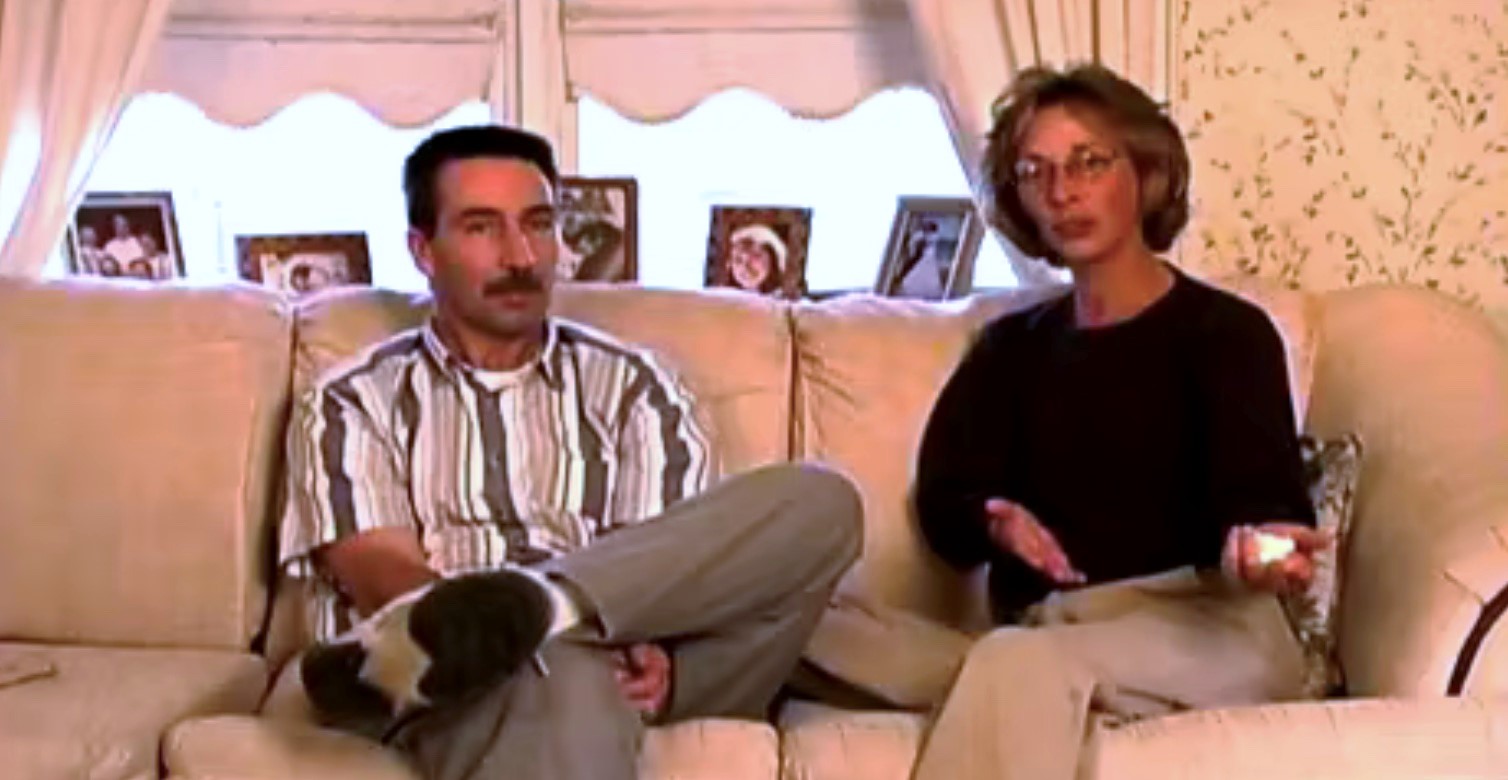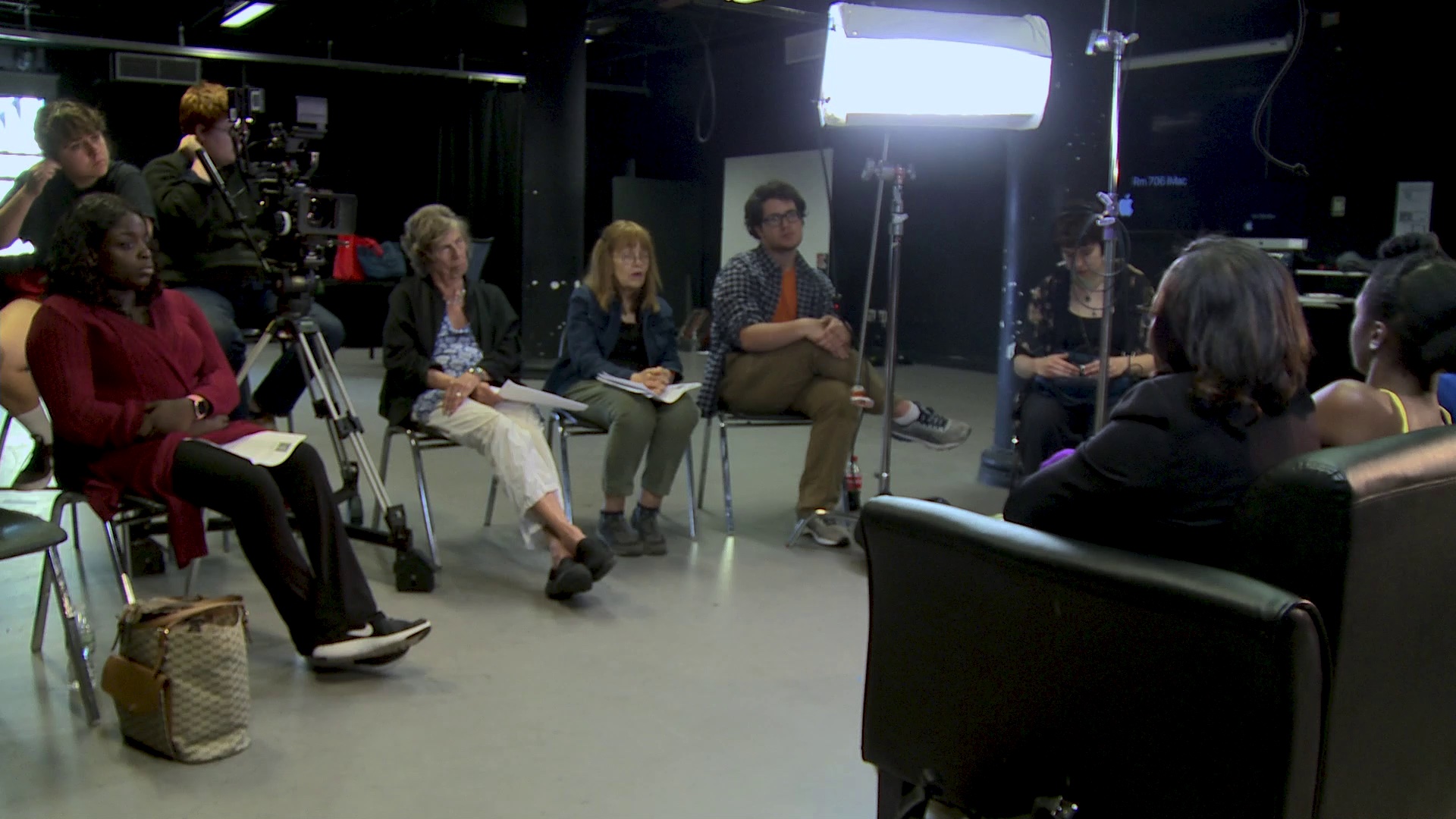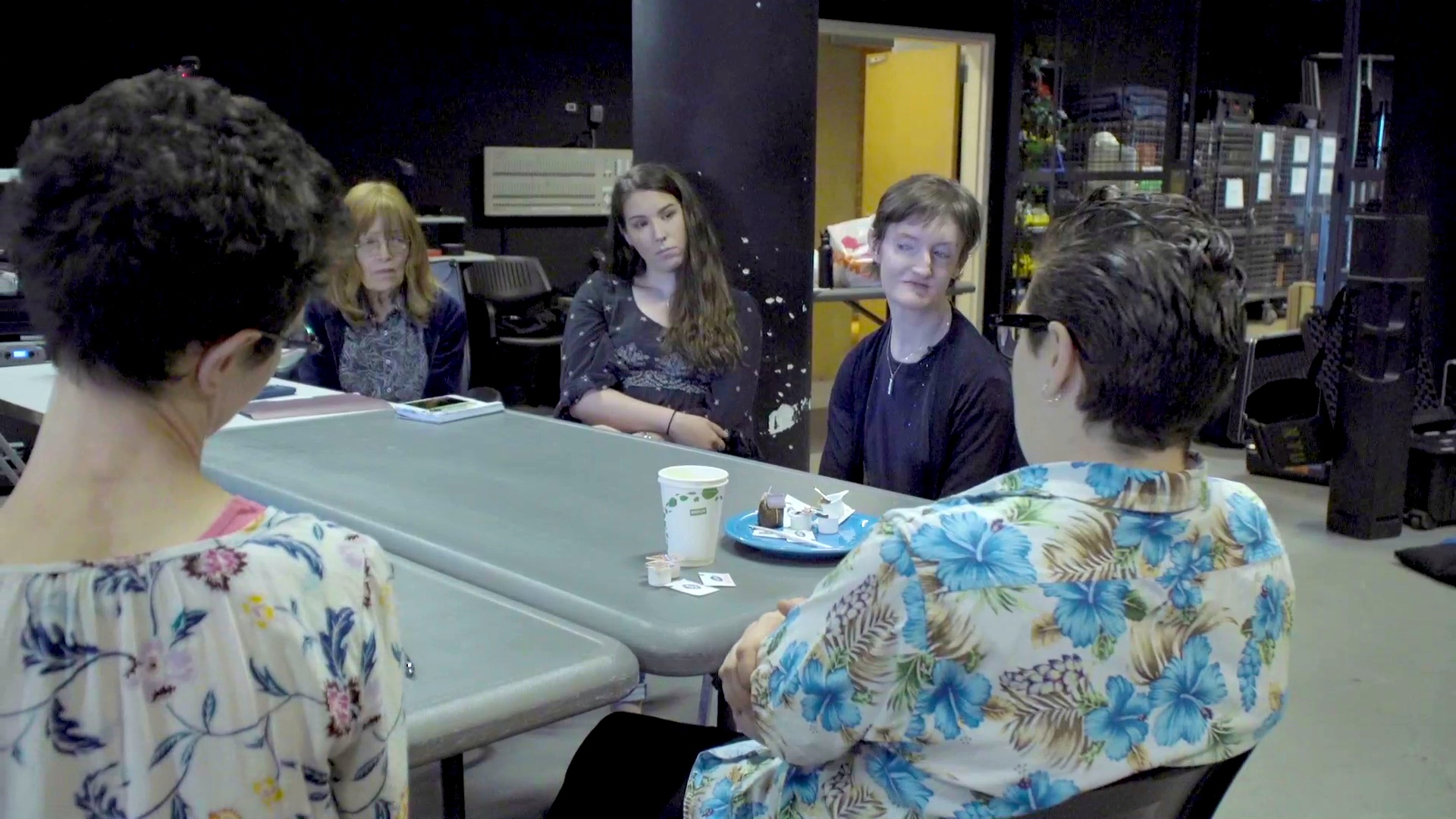



Clinicians can observe the features of a disease in a variety of cases and levels of disease severity. By showing what the features of a disease actually look like, the database can help clinicians recognize cases and make accurate diagnoses.
Enables researchers to observe the course of a disorder, view case studies, compare different cases of a disease, and even compare the features of different diseases. This allows researchers to make observations and see connections that can serve as a powerful base for future research.
Allows patients, families, and specialists to share their knowledge and expertise. Clinicians, researchers, and others from all over the world can easily explore questions in the Lexicon.
Continue reading to learn more about this project…
There are more than 10,000 rare and difficult to diagnose disorders affecting over 30 million people in the United States alone. For those who have one of them, simply receiving a diagnosis can be a major challenge.
Healthcare providers on the front lines of detection and referral have little to guide them on the visual, “in vivo” identification of the symptoms and behaviors associated with them. Parents may go from doctor to doctor just looking for a diagnosis for their child, and some people remain undiagnosed into adulthood. This “diagnostic odyssey,” can stretch on for years, causing frustration, anxiety, confusion, and also a delay in receiving treatments or therapies that could be life-altering or even life-saving.

“I would say to the doctor, ‘She’s not crawling, she should be crawling by now.’ We had no idea what was wrong.”
-Parents of Kasey, a child with Angelman syndrome
Rare Disease Facts from GlobalGenes.org
Even when a diagnosis is reached, 95% of rare diseases lack an approved treatment, so patients may be told that nothing can be done to help them (Global Genes, 2019). According to the Centers for Disease Control and Prevention, this lack of treatments “presents a significant, unmet public health need.”
The implication on health outcomes is dire: 30% of children with rare diseases do not live to see their fifth birthday. The development of new interventions for rare diseases involves many challenges, including small and geographically spread out patient populations, and a limited understanding of the natural history and progression of many rare disorders.
These challenges are compounded by the fact that knowledge about specific rare diseases is often not readily available. Patients, families and specialists with valuable experience dealing with a particular disease may be separated by great distances from others who could learn from their knowledge and expertise. Specialized clinics may be far from patients who need them, and there is little opportunity for other practitioners to see cases of specific rare diseases and learn about how to care for patients who have them.
With greater connection and flow of information, the experience and expertise of both doctors and patients could be shared for the benefit of many others.
“I have seen families suffer through repeated incidents of poor management of their children with special needs. All this could have been avoided if more information had been available to the primary health care provider and to the families.”
-Cathy I. Filtz, Pediatric Physical Therapist, Pediatric Clinical Specialist Washington, D.C.
Video is a powerful tool for both research and education, with wide ranging utility for clinicians, researchers, students, patients, and caregivers. Watch these examples to see what video can show.
Video brings the list of symptoms to life, providing concrete examples to technical text descriptions of symptoms which can be mystifying without images and video.
Troy has Angelman syndrome. A major feature of AS is impaired mobility and a distinctive gait. It's hard to visualize the jerky, awkward gait when it's described in text. With video however, it's easy to observe, and later recognize, the gait of individuals with Angelman syndrome.
Footage: The Angelman Project
Another feature of the disorder is severe speech impairment, which leaves most individuals unable to speak, or able to say only a couple simple words. However, most people with Angelman syndrome have strong receptive language skills.
This video demonstrates Oriel's receptive language skills. Watch as she makes signs related to the topic of conversation.
Footage: The Angelman Project
One sign of autism spectrum disorder is the presence of repetitive or unusual behaviors and movements. In this video, Dr. Alexander Kolevzon gives commentary on these movements. Features like this can be hard to understand without seeing them.
Footage: Well Child Lens
Commentary by Dr. Alexander Kolevzon, MD, Professor of Psychiatry & Pediatrics at Icahn School of Medicine at Mount Sinai
Documenting the therapies available for different disorders can help parents see what their options are, and provide detailed information on how therapies work and why they're important.
Sam, who has familial dysautonomia, has worked with her physical therapist, Wen, since she was just 18 months old. Now, 29 years later, Wen still works with Sam to help keep her body moving and healthy.
Footage: The Hope Scenarios: Focusing the Lens on Rare Diseases
This video, with narration from Deborah Fein, PhD, demonstrates speech therapies available to help toddlers with autism spectrum disorder develop their language skills.
Footage: Well Child Lens
Commentary by Deborah Fein, PhD, Professor of Psychology & Pediatrics at the University of Connecticut
Multiple videos of the same individual can be used to track subtle changes over time, creating a video natural history of an individual.
Alex has Angelman syndrome. These videos, a combination of home video taken by her parents, and video taken by our camera crew, create a remarkable timeline showing Alex's development.
Kasey also has Angelman syndrome. You can see in the videos below that in the span of just one year, Kasey experienced a significant decline in her motor skills.
Age 13
Age 14
Age 13
Age 14
Age 13
Age 14
By seeing into a patient’s daily life, viewers gain a deeper understanding of their perspective and experience. Video can also help spread the knowledge and stories of experts.
Gloria knew nothing about sickle cell disease when her daughter was first diagnosed. However, she immediately sprung into action, and her journey to educate herself turned into a lifelong advocacy effort for others with SCD.
Footage: The Hope Scenarios: Focusing the Lens on Rare Diseases
Kathy and Pius didn't initially think anything was wrong with their daughter Kelly. Thankfully, they went to a neurologist who recognized Kelly's disorder as Angelman. They also talk about coming to terms with the diagnosis, and deciding about whether or not to have another child.
Footage: The Angelman Project
In this touching video, the parents of Ben, who has Angelman syndrome, talk about how they navigated a challenging event in Ben's life.
Videos like this can give caregivers and families ideas, and provide support for parents on how to handle different situations and events in their children's lives.
Footage: The Angelman Project
When Joe, who has Angelman syndrome, was injured in a fall, his family experienced challenges communicating his needs to emergency room staff. His parents and young siblings describe the event in an interview.
Footage: The Angelman Project
Ginger, who has sickle cell disease, and is also an advocate for other individuals with SCD as well as other rare blood disorders, describes an experience she helped a family deal with at an emergency room.
Footage: The Hope Scenarios: Focusing the Lens on Rare Diseases
Epiphany is an actress and sickle cell warrior. She has had to confront many obstacles caused by her condition while pursuing her career. In this video, she does an improv in which she reenacts an encounter she had with a director.
Footage: The Hope Scenarios: Focusing the Lens on Rare Diseases
Over the last two decades, GeneticaLens has pioneered methods for documenting rare diseases with video. Taken together, these approaches provide a wide variety of tools which can be used in different situations to accelerate the production of videos documenting rare diseases. Significant scale is required to populate the See System Rare Disease Video Lexicon, so no one tool alone will be enough to accomplish this ambitious task.
Traditional video production involves sending a small film crew on-location to record an individual’s day. This method is highly robust, and creates very detailed, in-depth documentary videos about specific rare diseases. It requires significant time and investment of resources. It will continue to be a cornerstone of GeneticaLens’ work documenting rare diseases, when there is interest and funding to document specific rare diseases or groups of rare diseases.
The DAY Tool is an online application that GeneticaLens is currently developing to accelerate the process of producing videos documenting rare diseases, and reduce the geographic and financial limitations of traditional video production. Participants with rare diseases and their families can use the DAY Tool to record and upload videos about their life with their rare disease. The DAY Tool provides instructions on how to record and upload the videos, prompts for participants to respond to, and guidance for what kinds of activities they should record.
The above approaches can be combined in various ways as needed, with some video being collected by crews, and some be collected through the DAY Tool. We can also provide participants with assistance in completing their DAY Tool entries, ranging from email and phone support, to interviews on a video call to help start the conversation about their rare disease and give them ideas of what to record, to sending a videographer to record their day in person.

The creation, expansion, and administration of the See System Rare Disease Video Lexicon will require continued work by a dedicated group of people trained in the use of video to document rare diseases. We are currently working to establish a Video Natural History Lab at New York University, as a joint endeavor between Tisch School of the Arts and Grossman School of Medicine, with students and faculty from both programs working together to expand the use of video to document rare diseases, and explore new avenues for using video to improve the lives of individuals with rare diseases.


As a hub for collaboration, the lab will bring together a diverse group of people from different fields and backgrounds, including patients and families, clinicians and researchers, filmmakers and software designers. The lab will serve as a blueprint for a future network of labs at other universities going forward, unified under the goal of using video to better understand rare diseases and exploring other issues relating to the use of video as a path to achieving better healthcare and quality of life for all.
This project is a collaboration between GeneticaLens, the Fearless Theater Company, New York University’s Tisch School of the Arts and The Clinical & Translational Science Institute at NYU Langone Health.
We are always looking for new participants to share their stories on video, and new collaborators to work with as we develop this project. Please do not hesitate to contact us if you have any questions, feedback, or would like to connect with us.